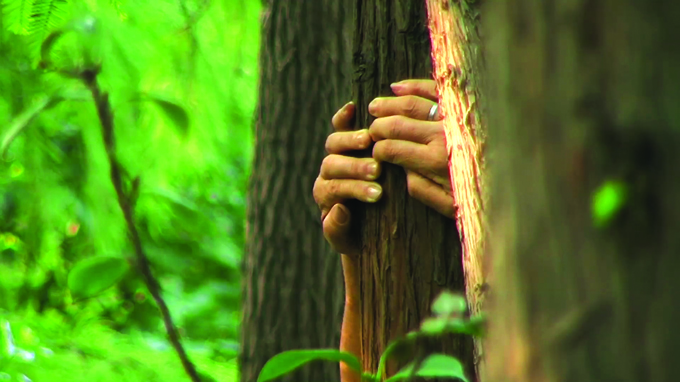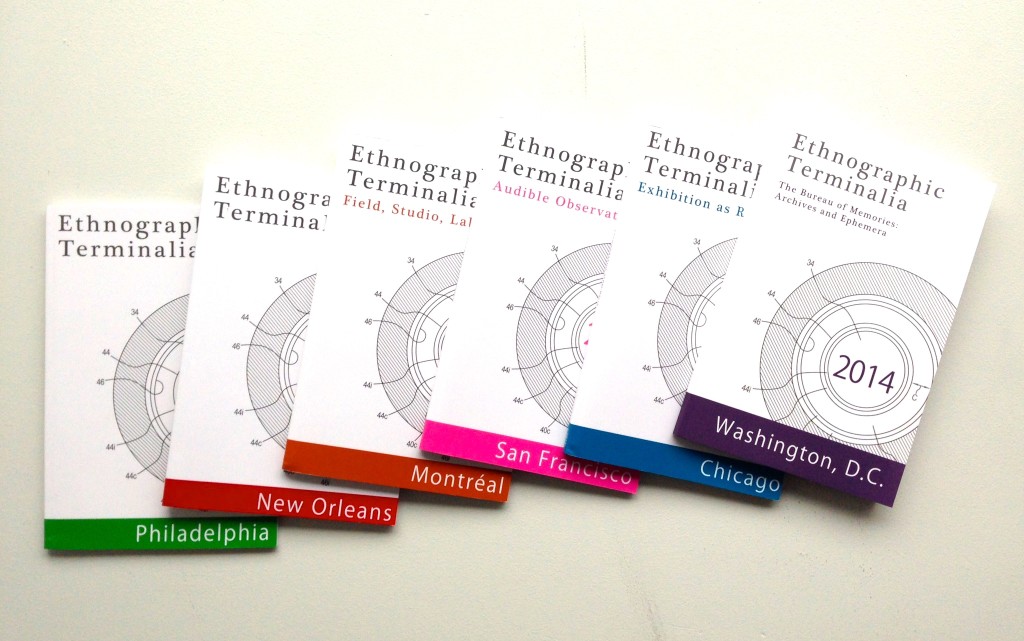Lilong
Video
2009
Artist Statement
The Lilong was developed as a new typology of estate that could respond to a huge property demand by a dense indigenous urban Chinese population leaving the Old City after 1943, when the ban of segregation was lifted. The Lilong settlement was developed in Shanghai as a low-rise, ground-related housing pattern, constituted by two or more blocks of flats with an inner courtyard. The peculiarity of the Lilong typology lies in its interstitial spaces. Housing units alternate with alleys and courtyards, shops and small gardens, where the shift between public and private life in the neighborhood is blurred and less defined. These “openings” are so tightly integrated within the structuring of interiors in the dwelling, that life in the “Lilong” becomes characterized by an ambiguous relation between public and private sphere, as well as by a strong sense of neighborhood and cohesiveness.
Today, as the urban restyling of Shanghai is taking place, the Lilong typology is quickly disappearing. Once again, local architects are importing new architectural dogmas, to respond to a growing housing demand. Dense high-rise buildings and artificially landscaped courtyards are now symptoms of the local upper and middle class housing needs. In newly built estates, gardens, passages, water streams, courtyards, are designated interstitial spaces were private familiar life is expected to open itself to the neighborhood. And yet, in the summer of 2008, in one of the largest and most iconic estates in Shanghai, these public spaces lay deserted under the peaking sun. A beautifully designed pond with its water streams, and sitting benches show no signs of use by the local residents.
If a bustling public life in the neighborhood remains a patrimony of the old generation of Chinese, the spaces that now host it are not the neighborhoods themselves. Public parks, People’s Park in particular, are the beating heart of what is still visible of a traditional, public lifestyle, made of gatherings, singing, collective exercising, dance, and play. While the urban and human geography of Shanghai is changing and mainly elderly people perform these activities, parks become also stages for fragmented “solo” performances.
My work Lilong is a peculiar collection of individual portraits, of ambiguous repetitive gestures, shadowed by images of high-rise buildings and bird’s eye views of playgrounds. Whether or not these images are a realist representation of common individual workout, at the same time, they suggest a sense of loss and isolation, confinement and detachment. Lilong captures the strong continuity between action and location, suggesting a slow passage from a wild green space, to a metropolitan area. The footage comes from three different locations: People’s Park, in the centre of Shanghai, Lu Xun park, and a very famous resort by Mogan Shan Lu, the art district of Shanghai.
Biography
In my works I explore the relations between architecture, geographic spaces and the negotiation of individual and collective identity. Using primarily video, photography and narration, I use architecture as a performative and contextual space where the shaping of identity stems out of a series of conflicts, between economic powers, social roles, cultural and linguistic specificities. Even though they are built as assemblages of narrative, performative and documentary elements, my videos maintain a strong pictorial quality.


